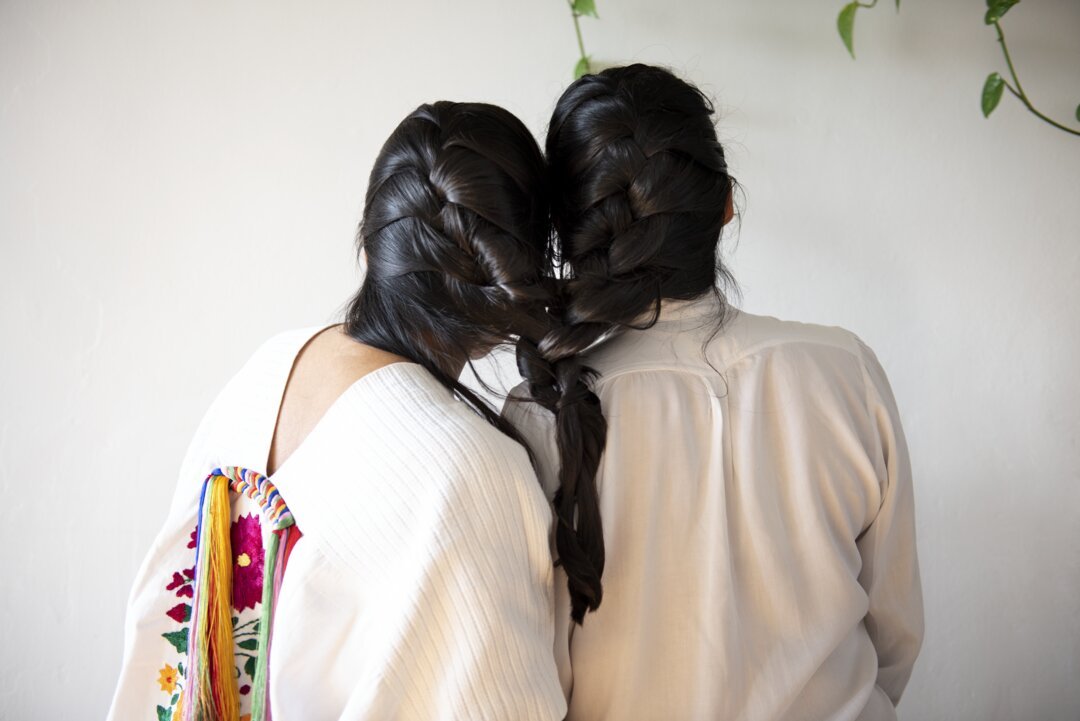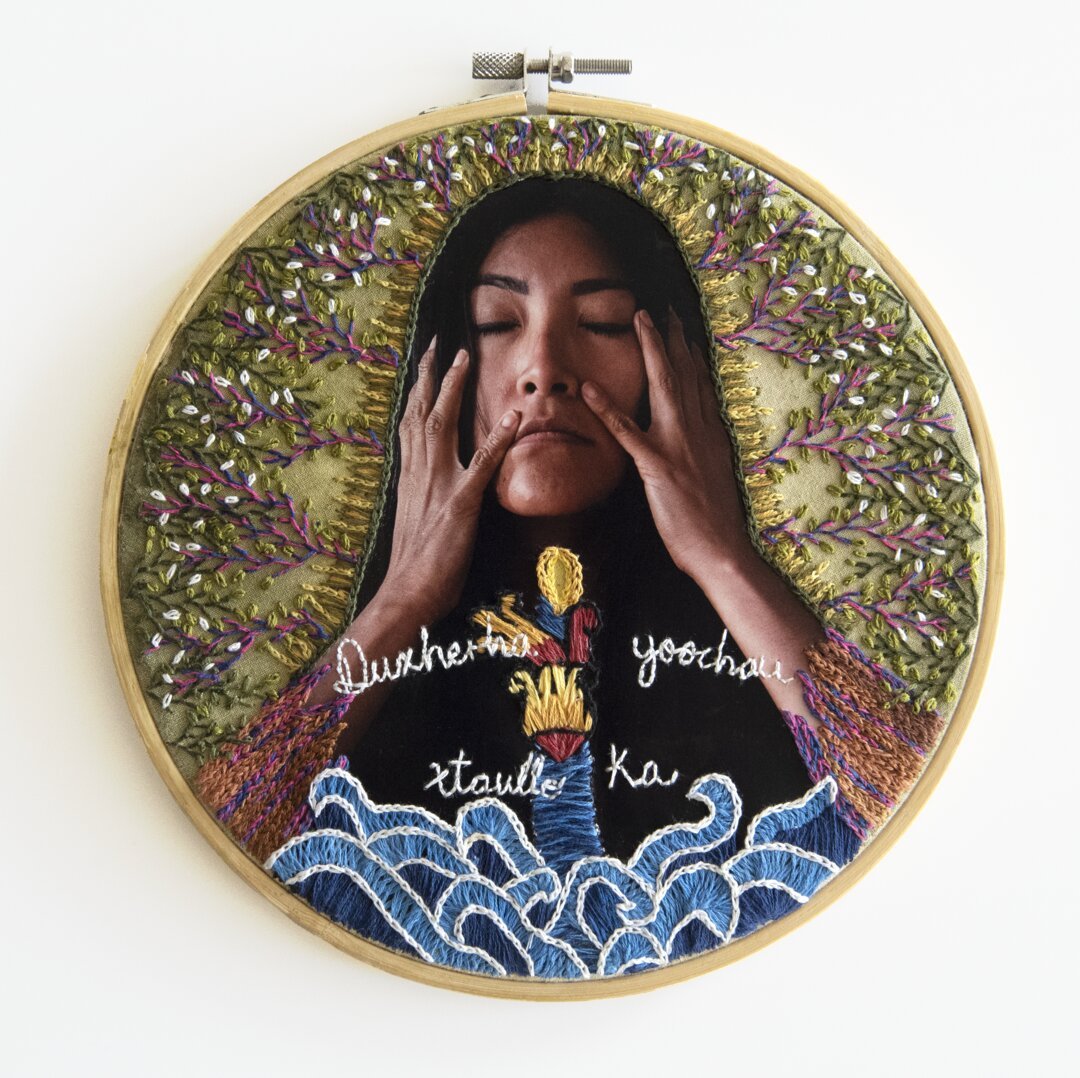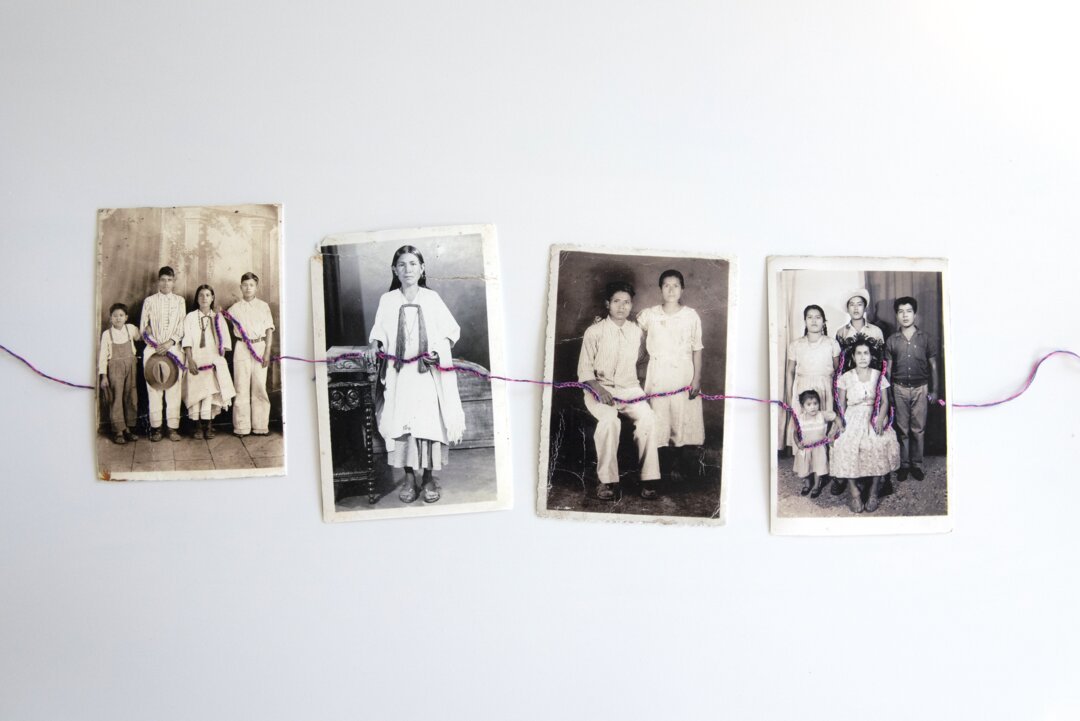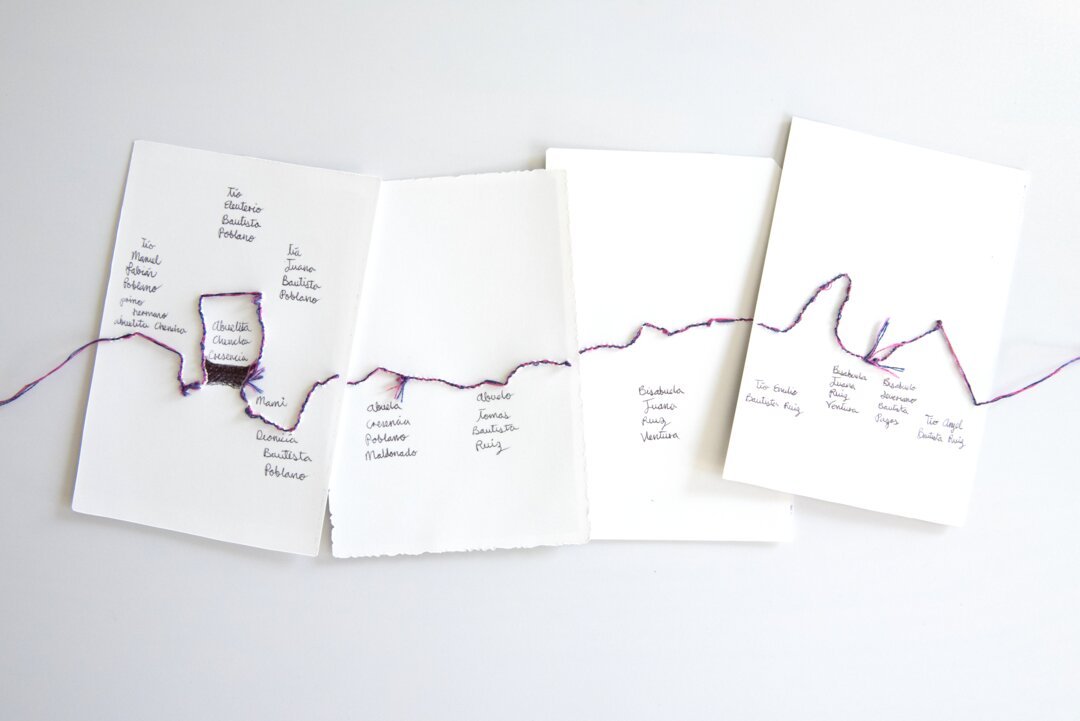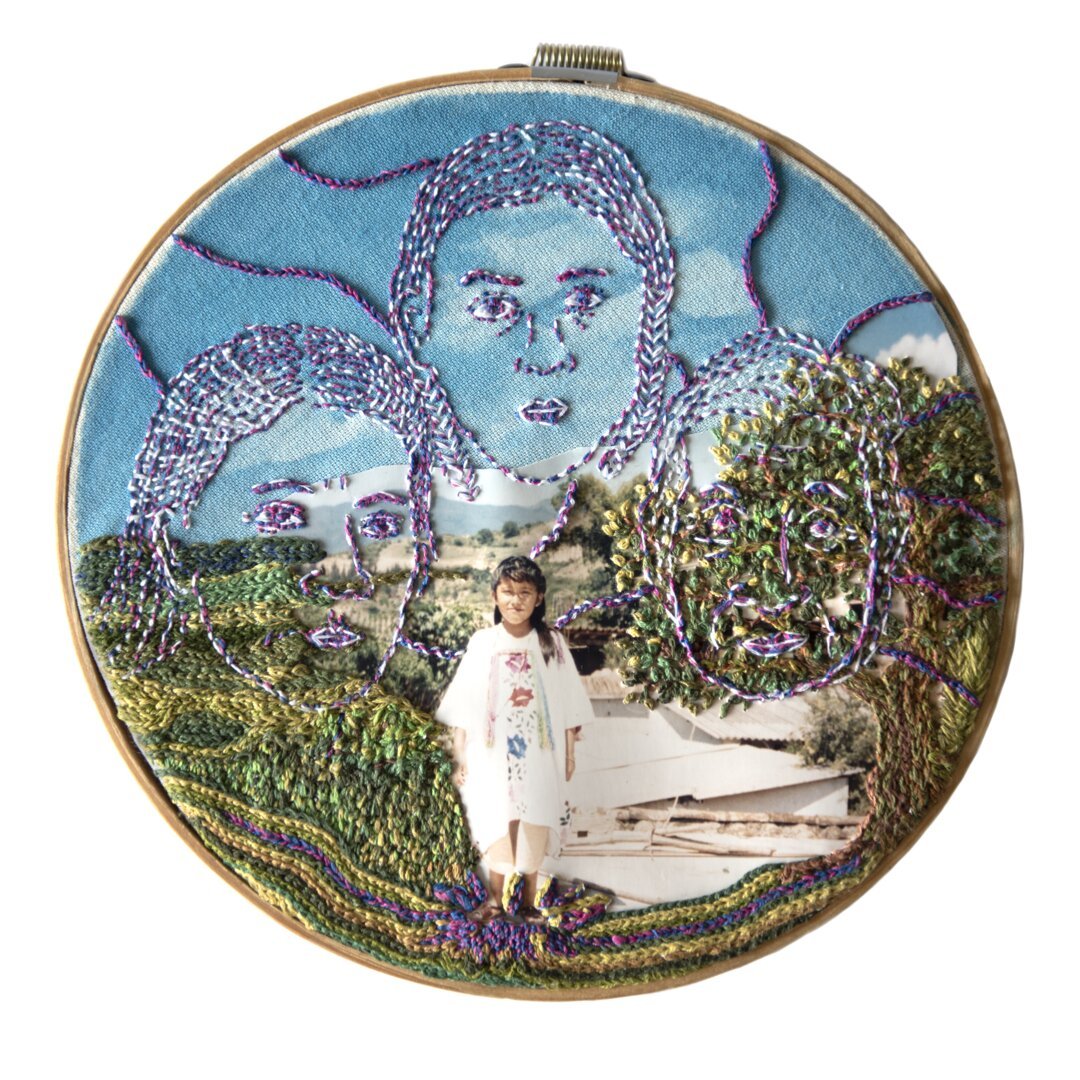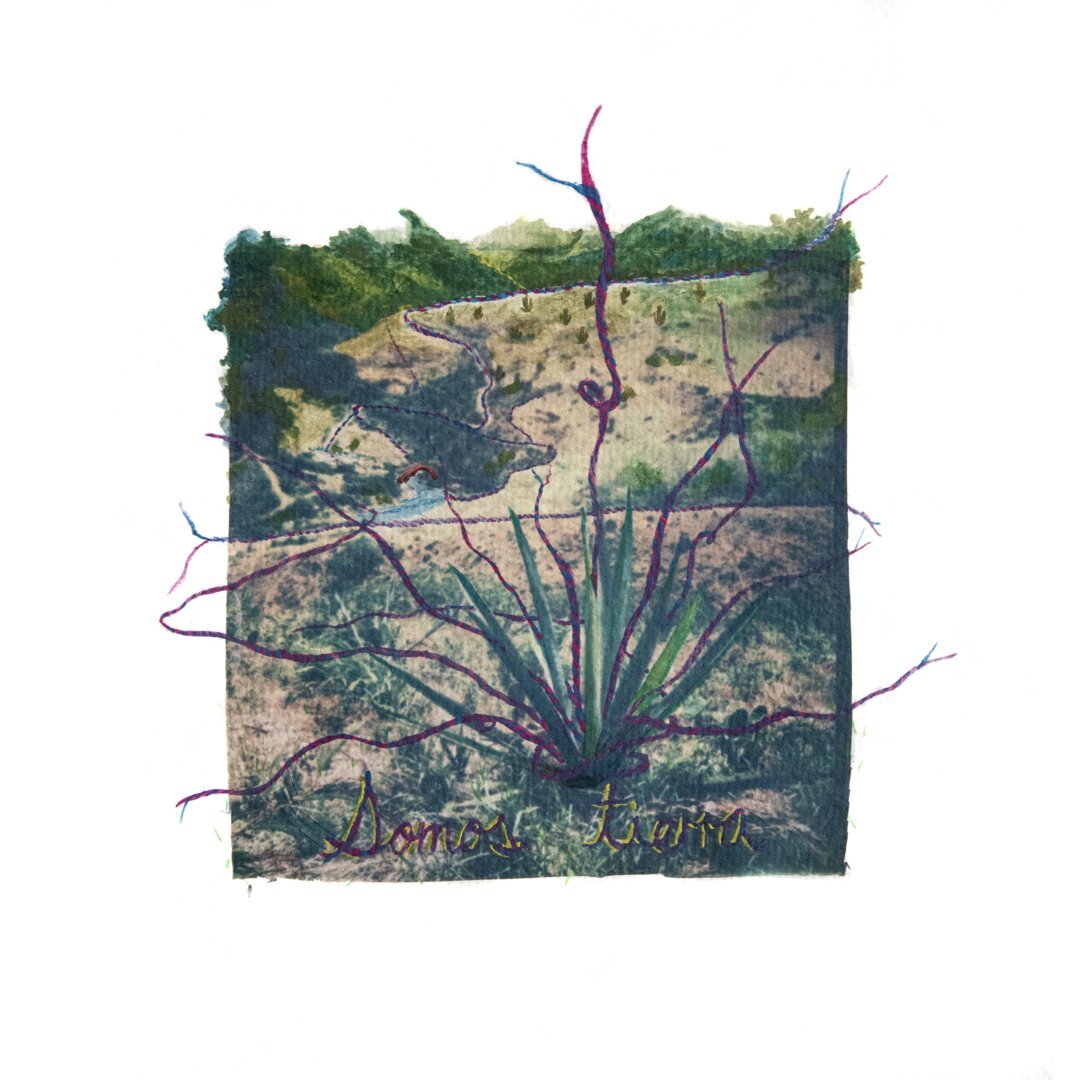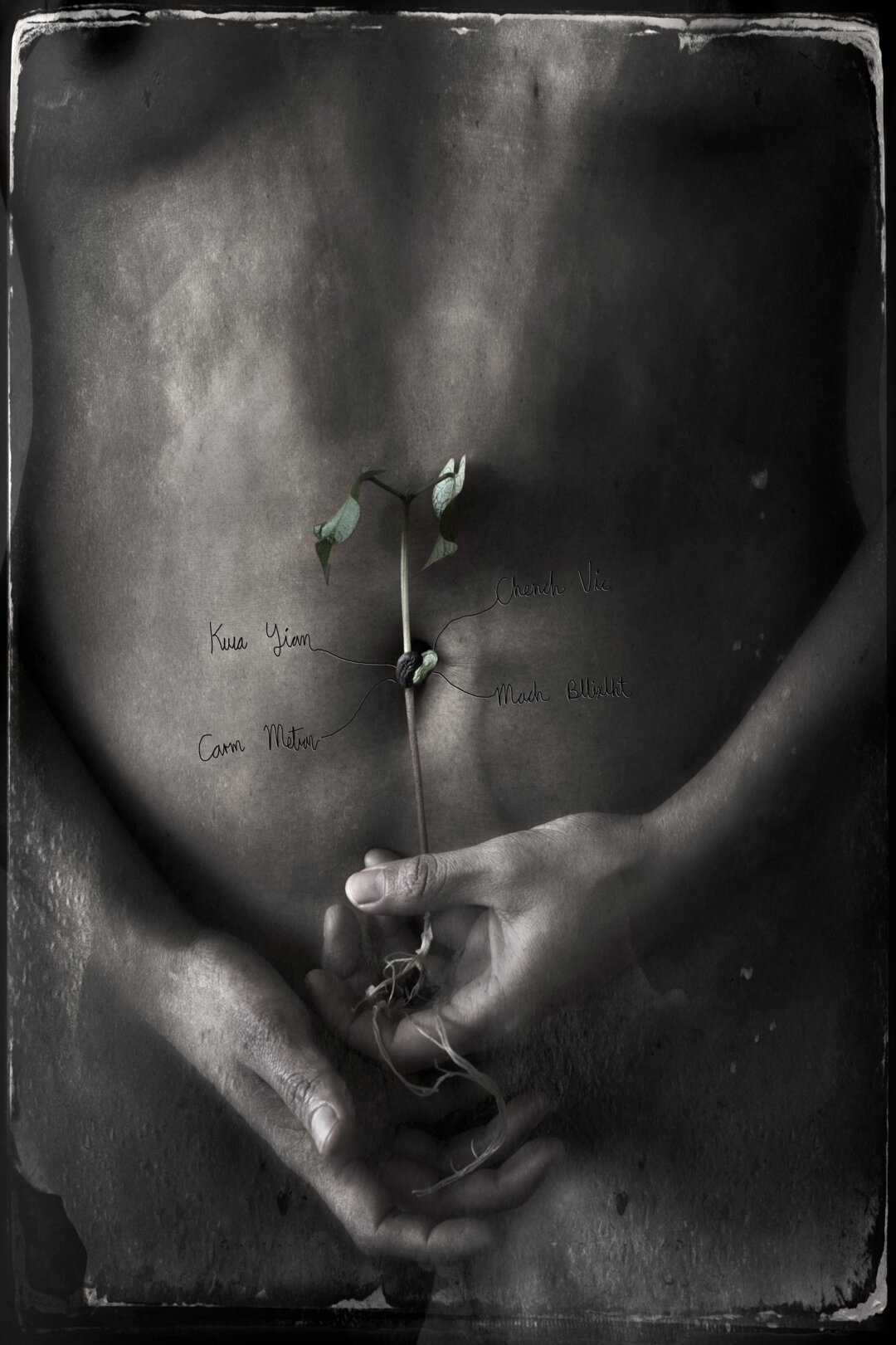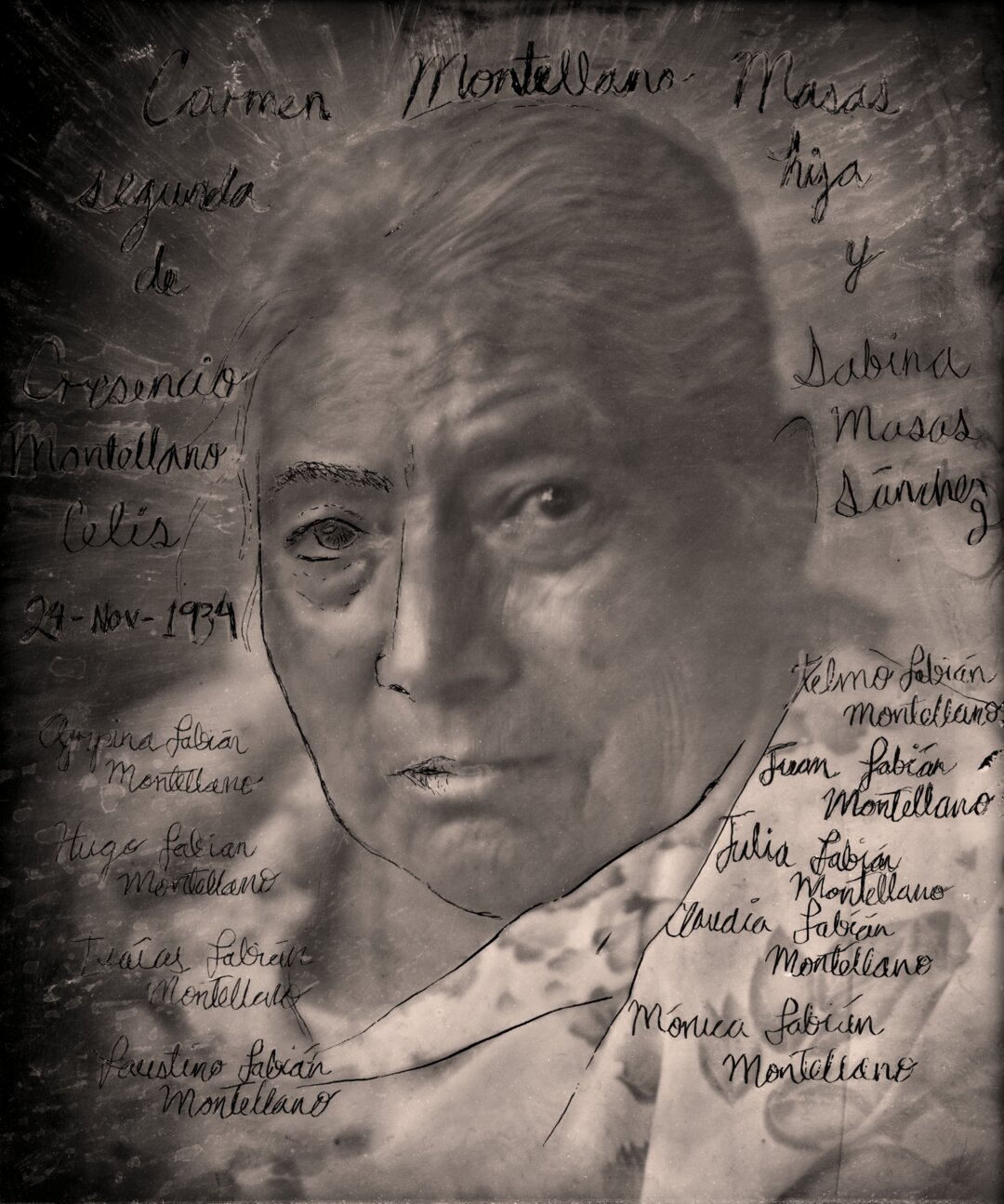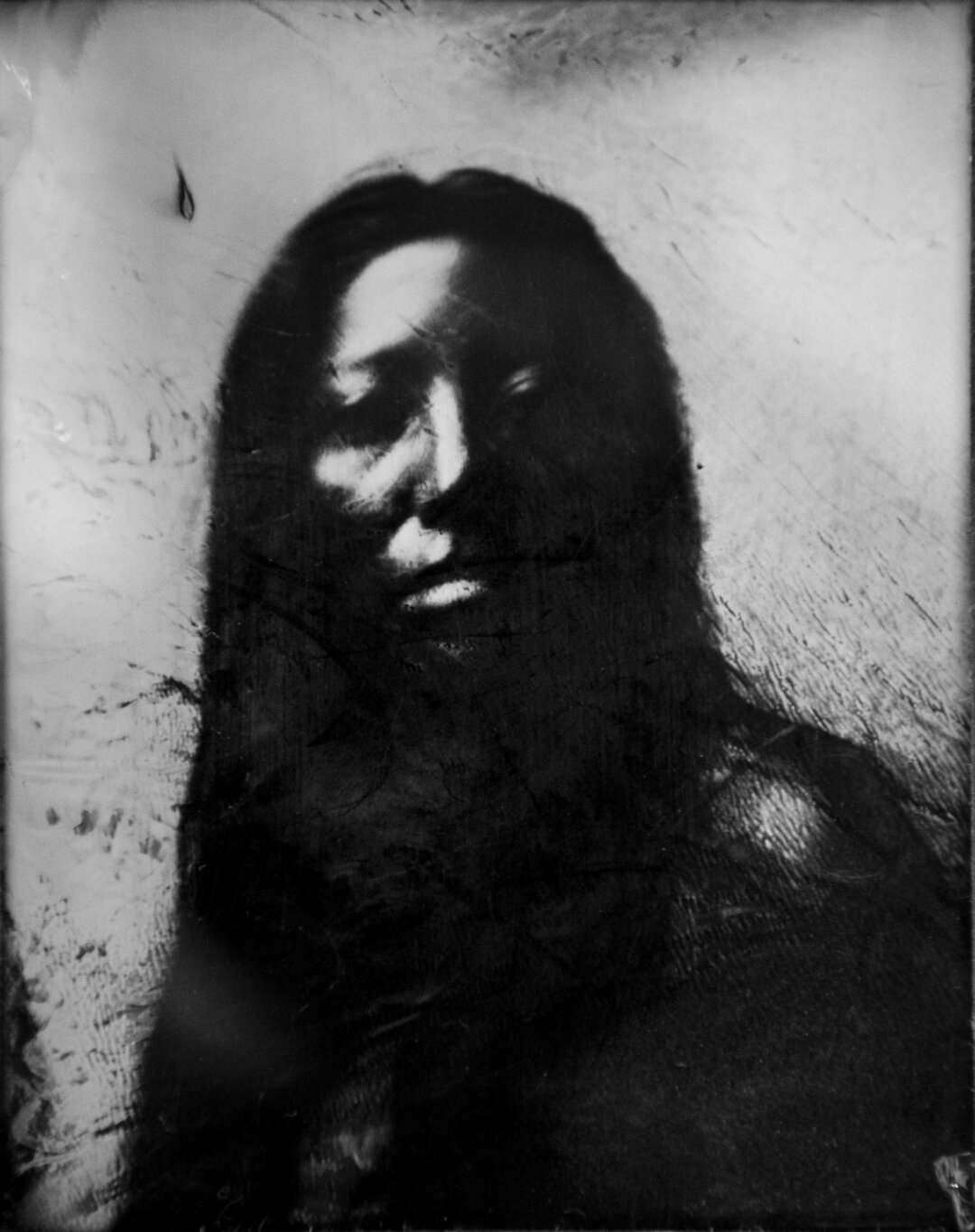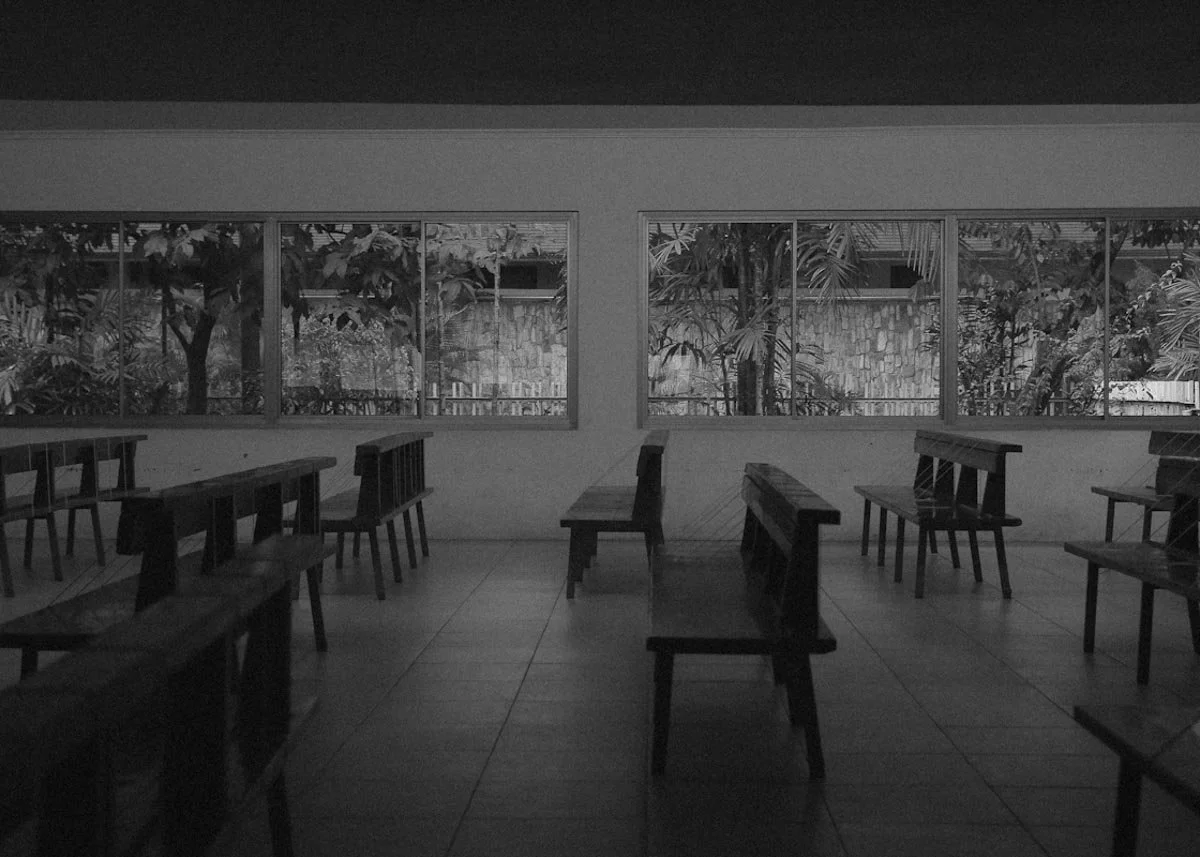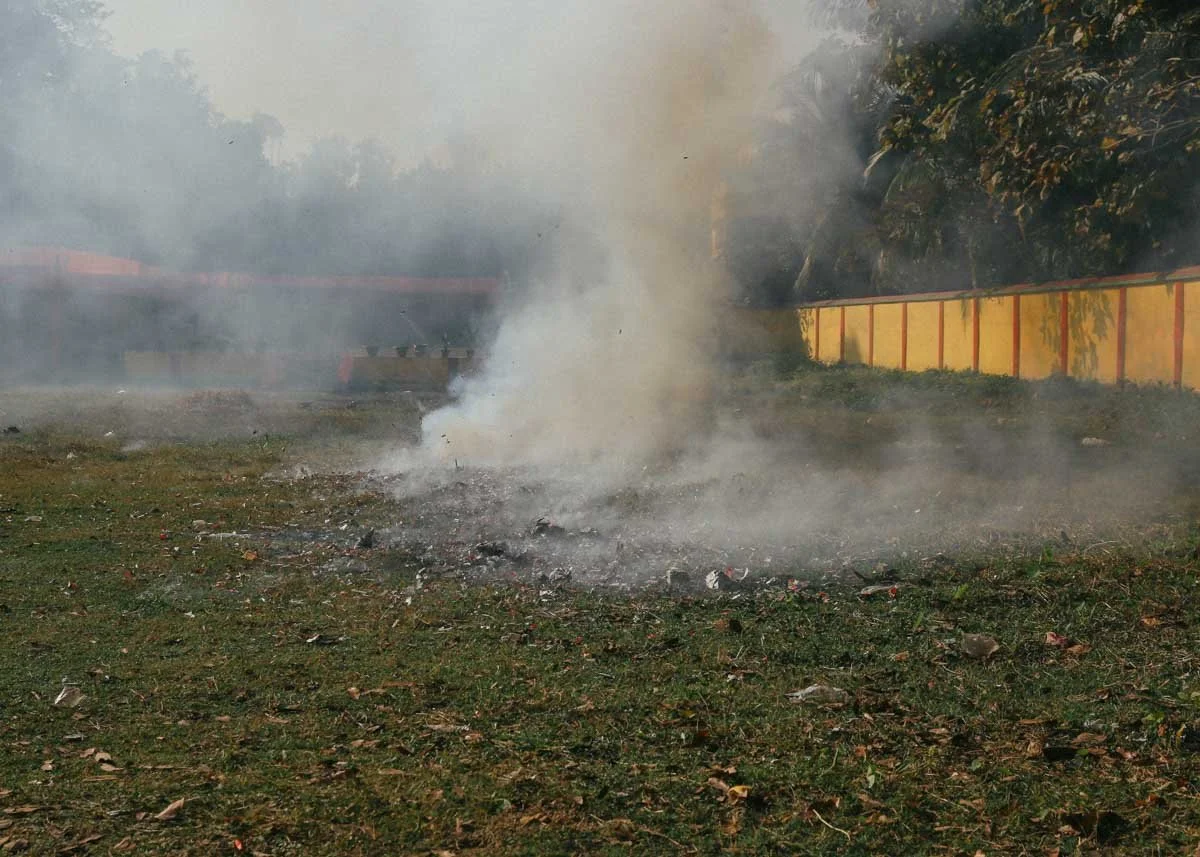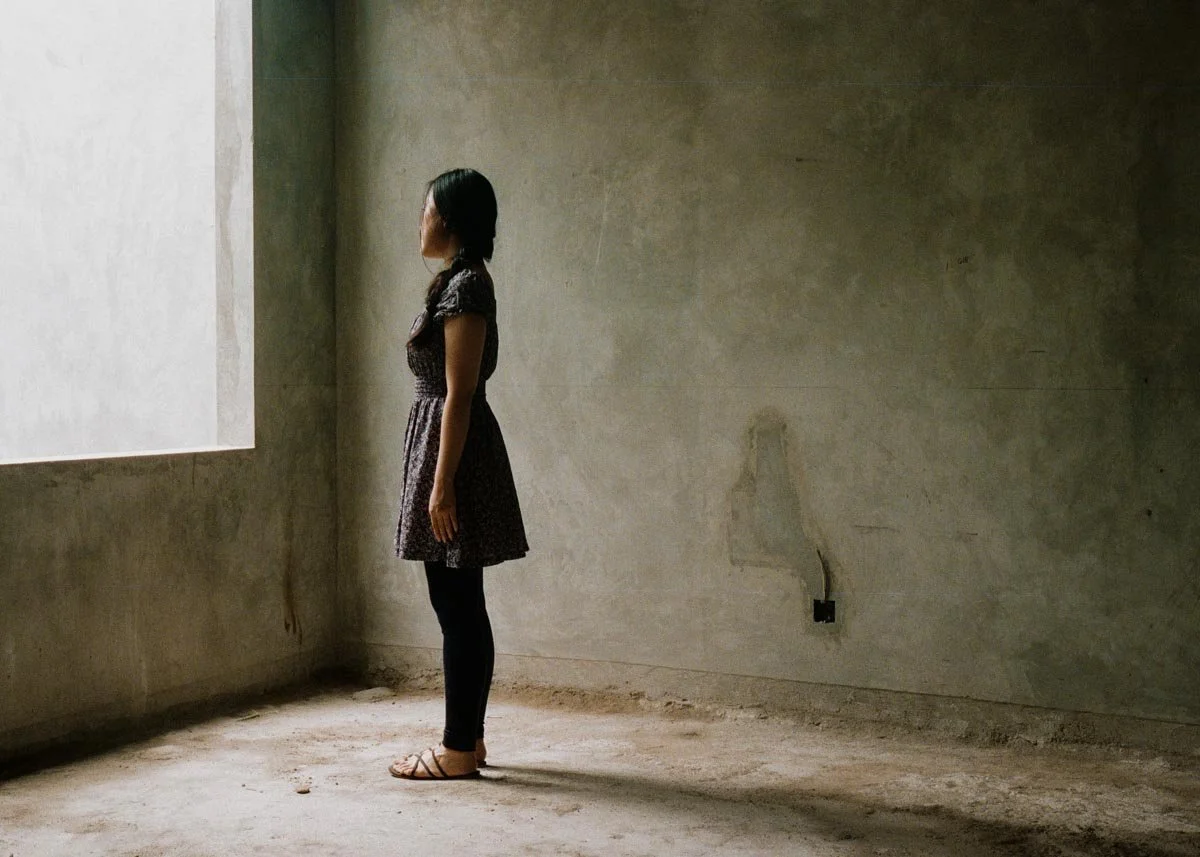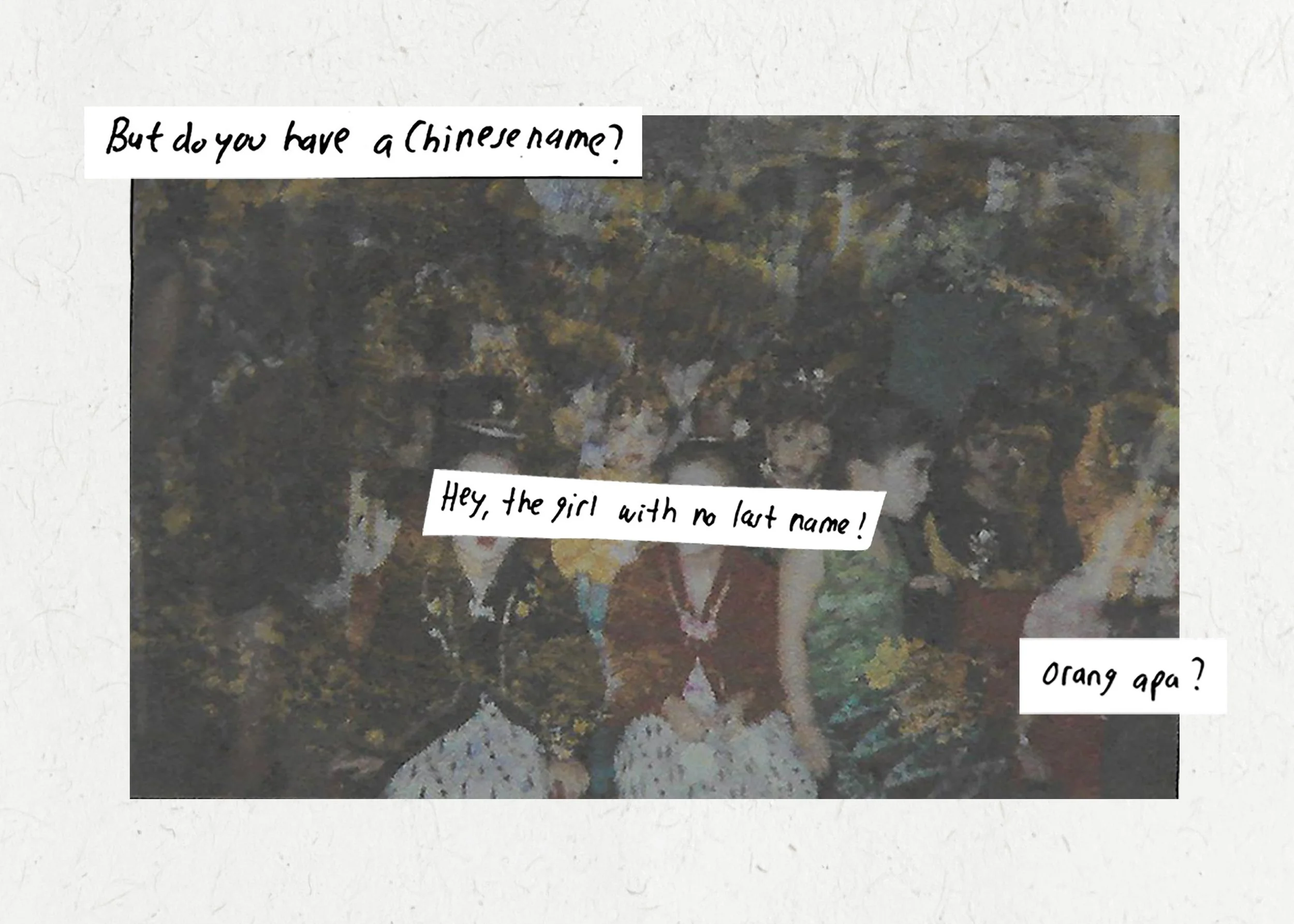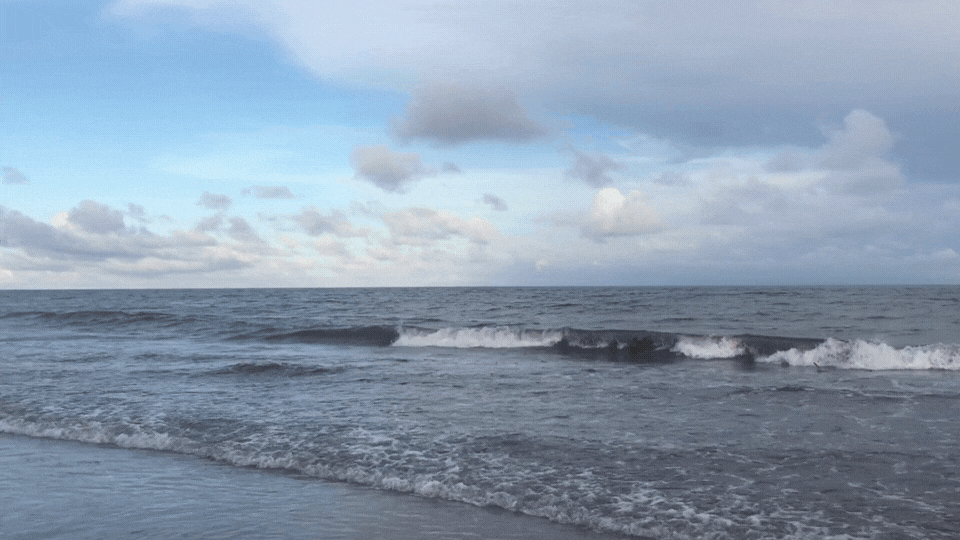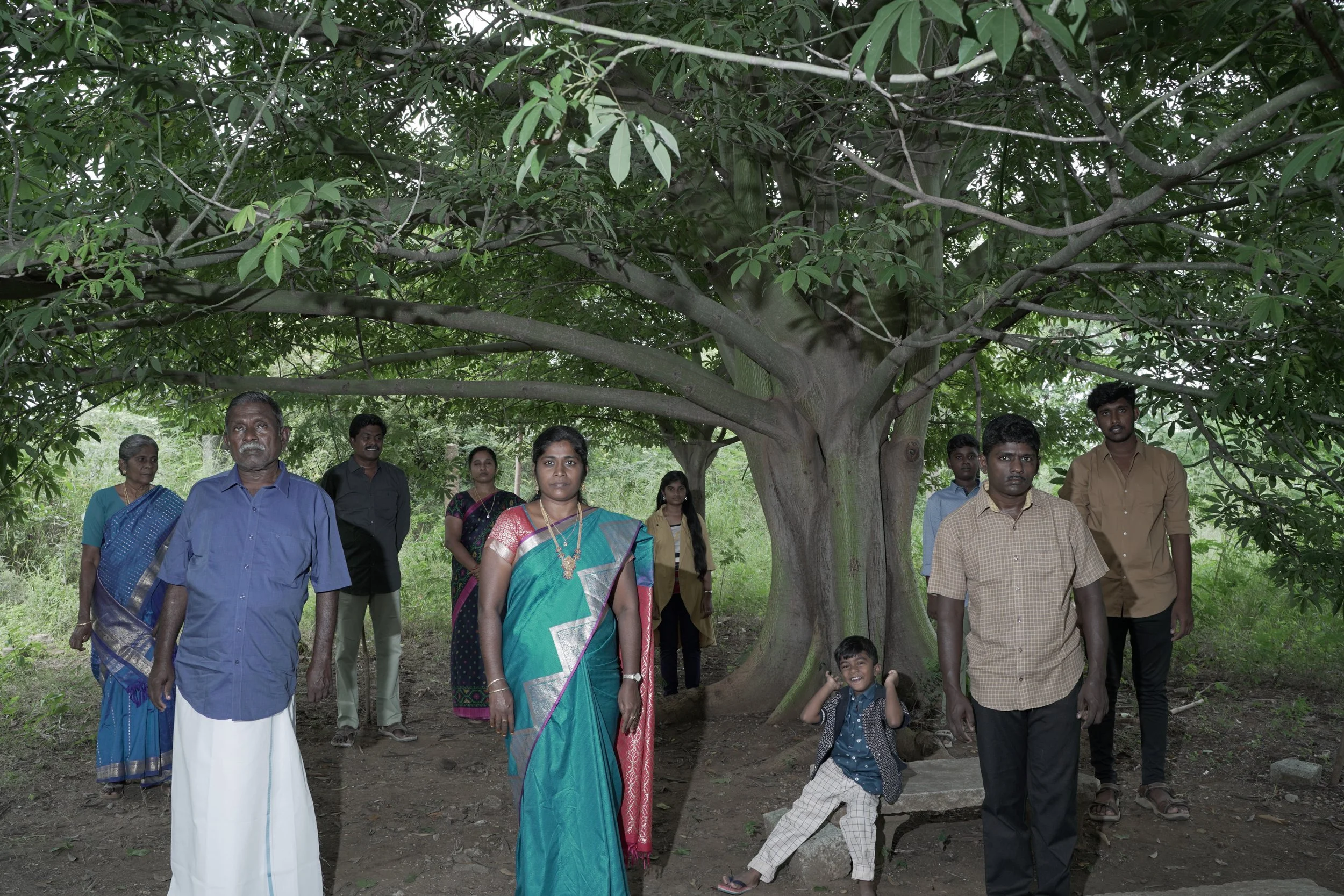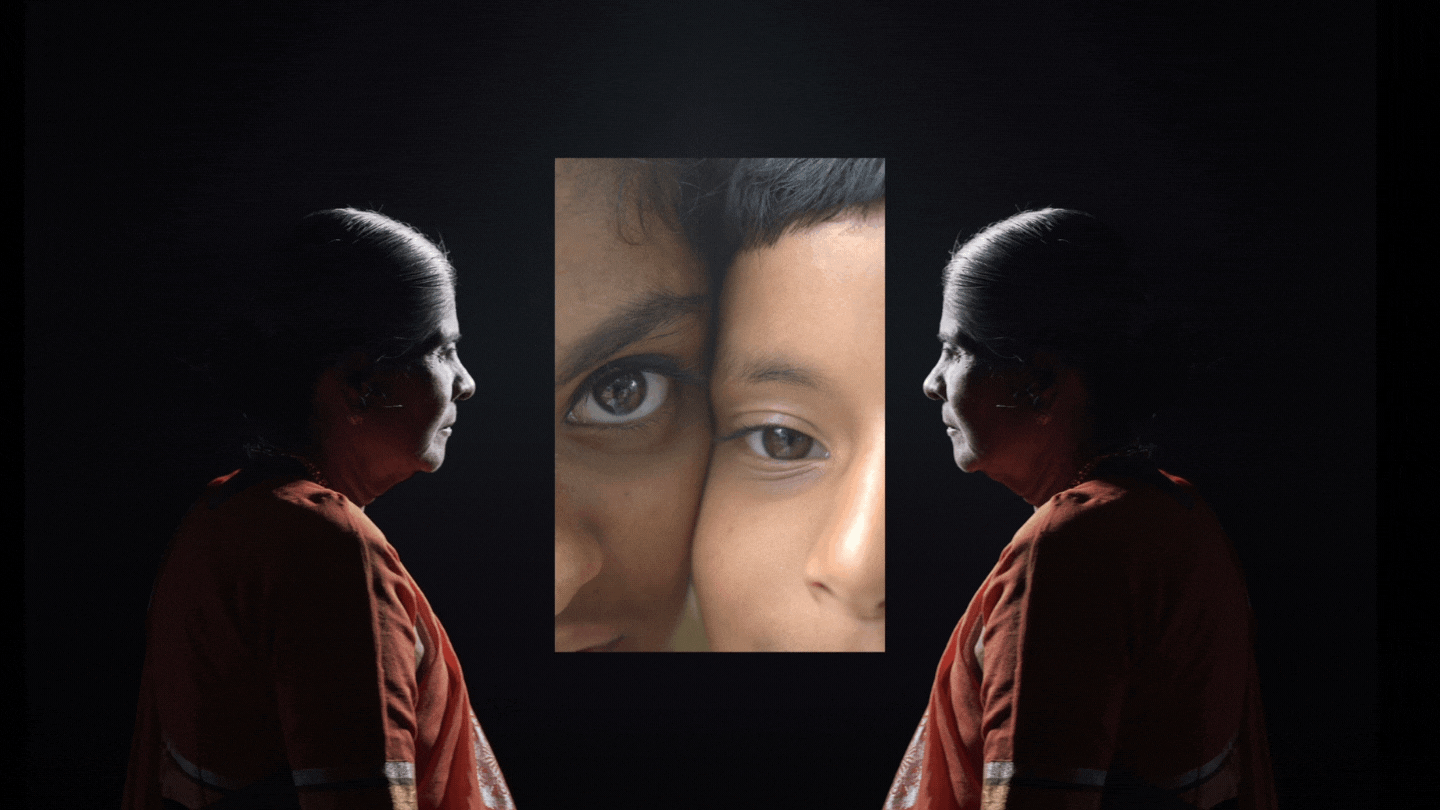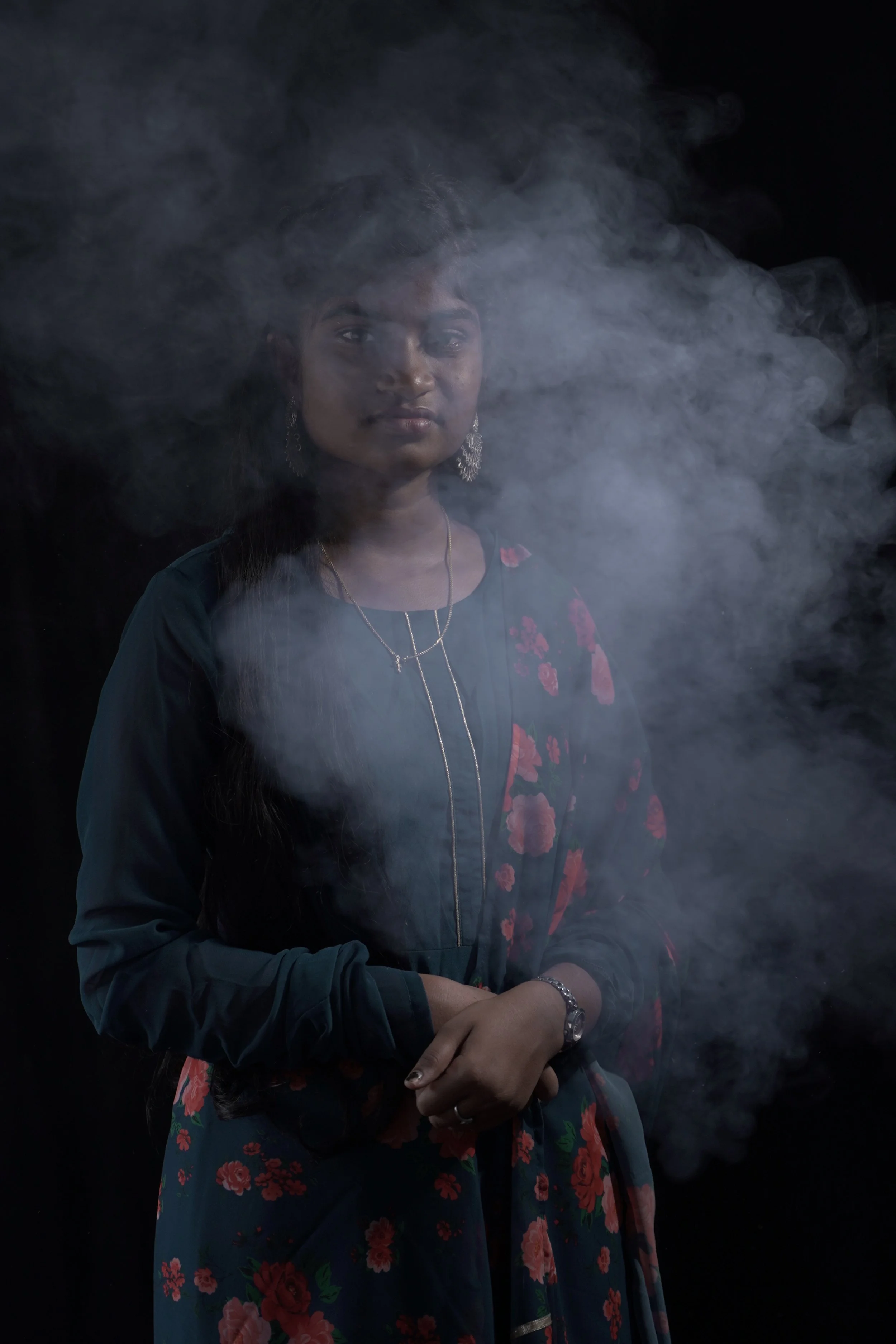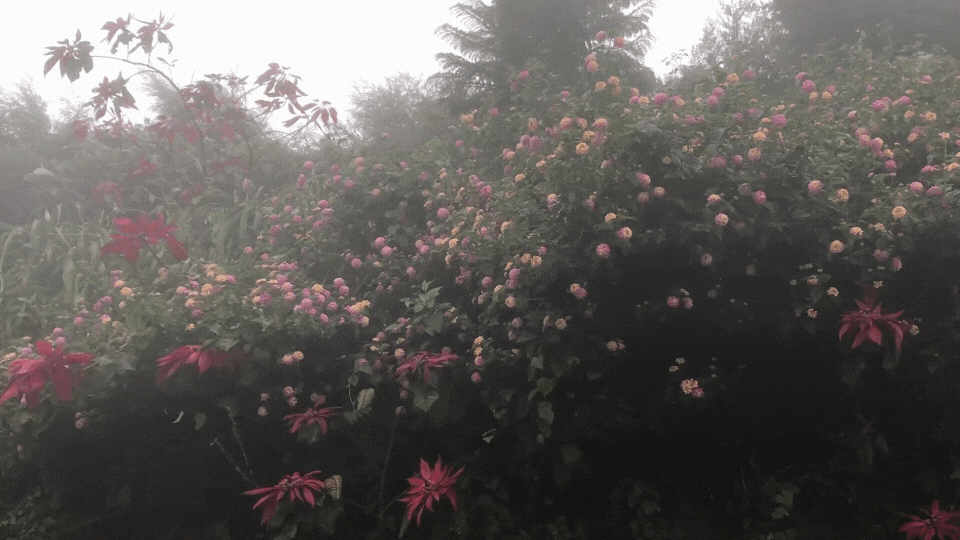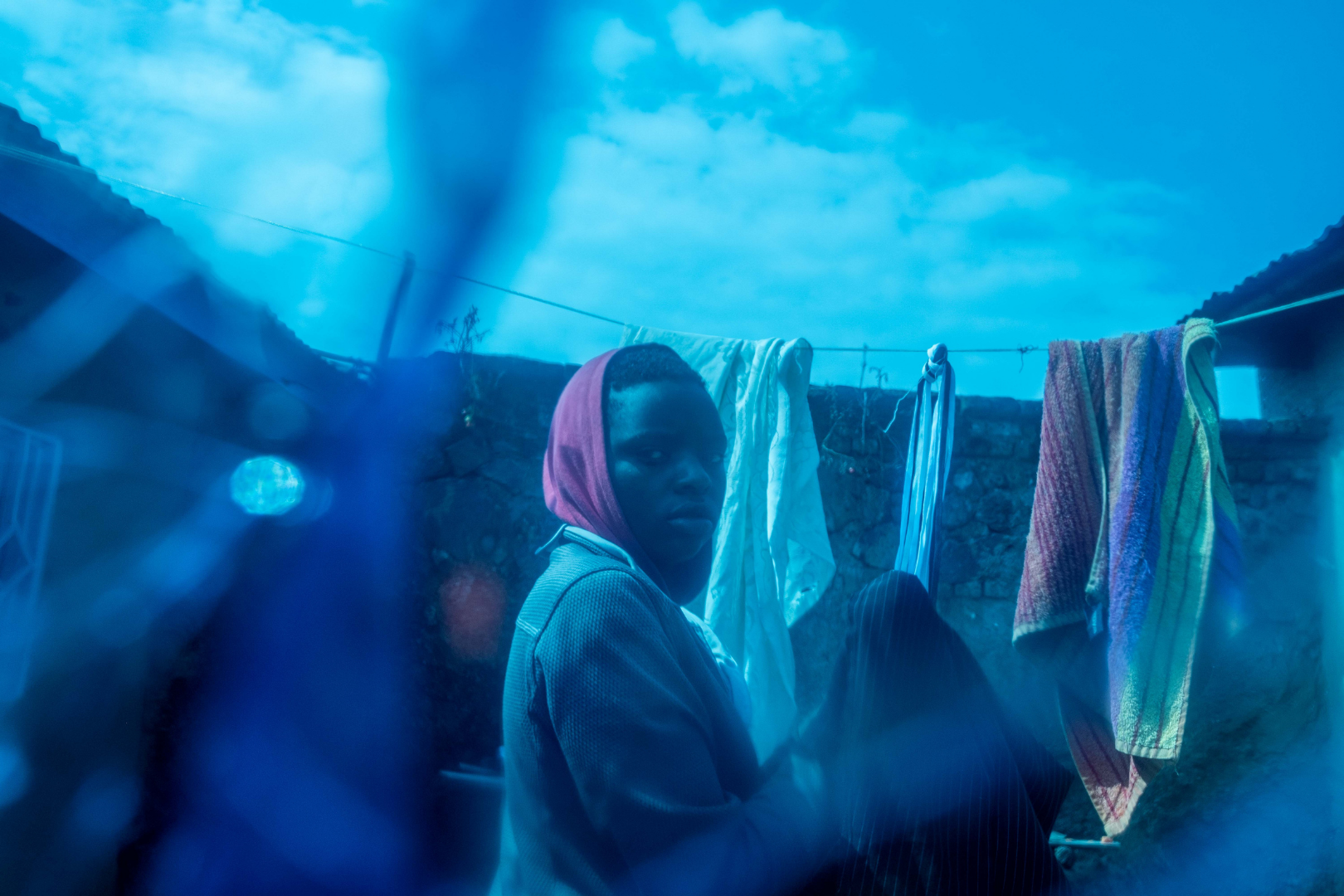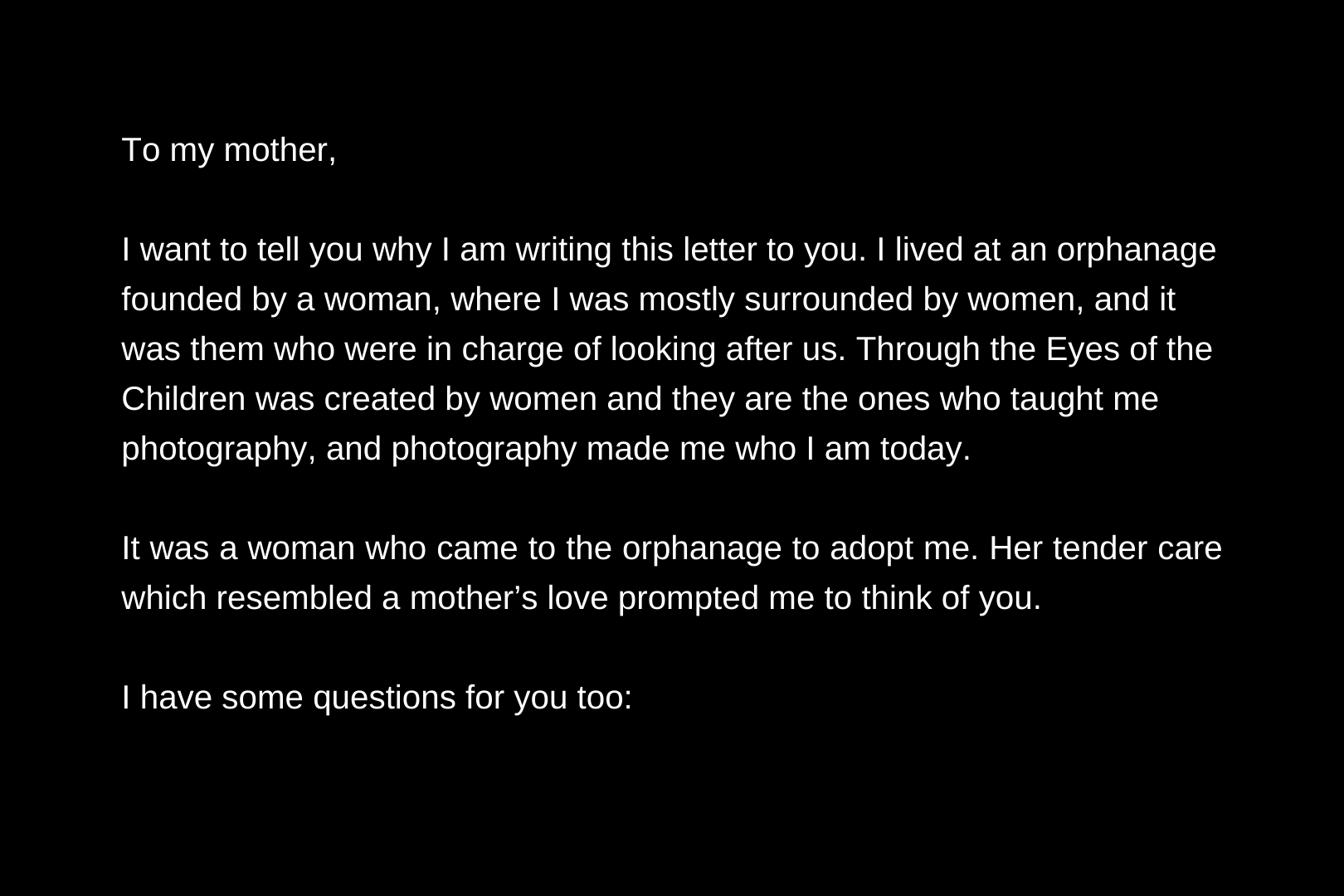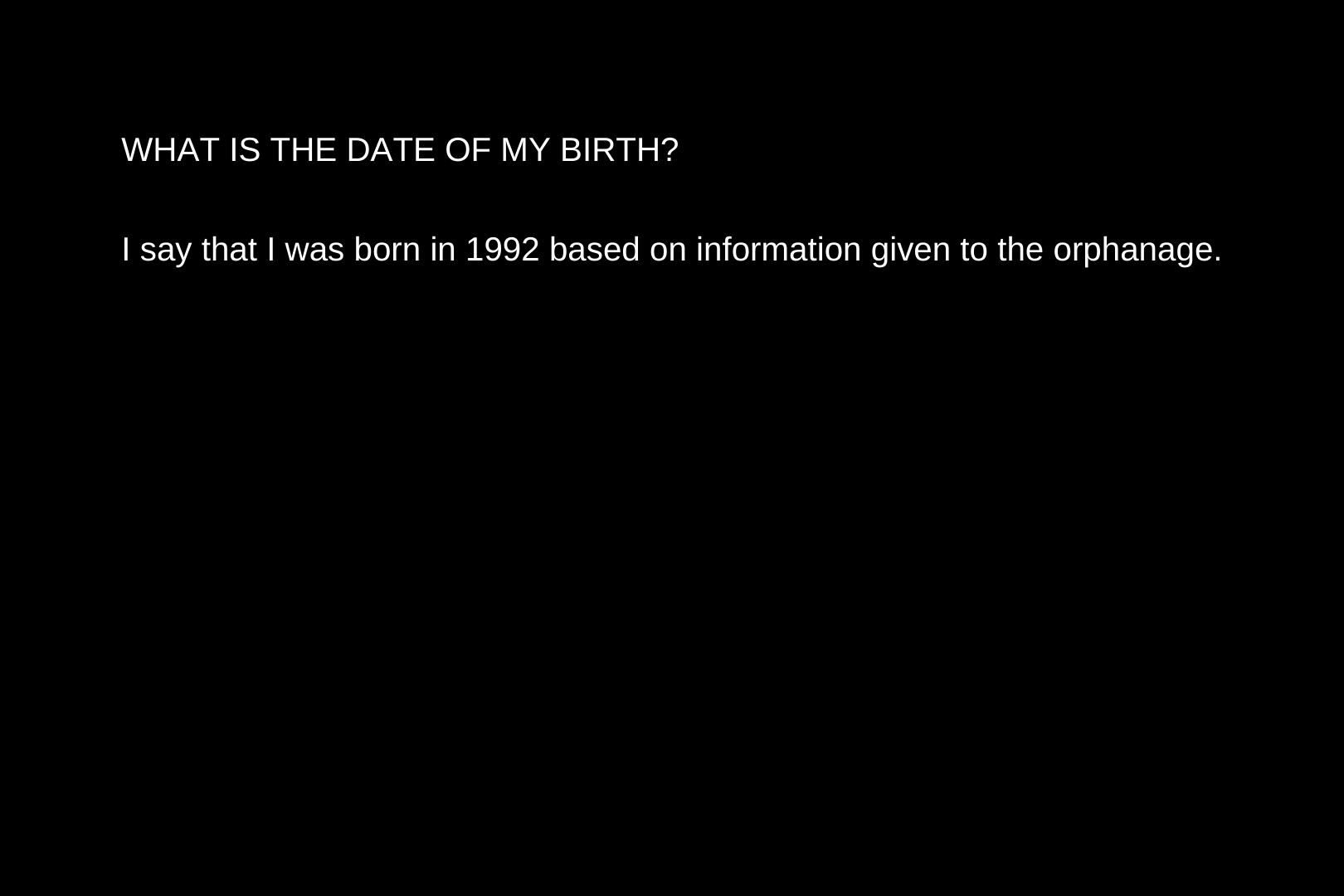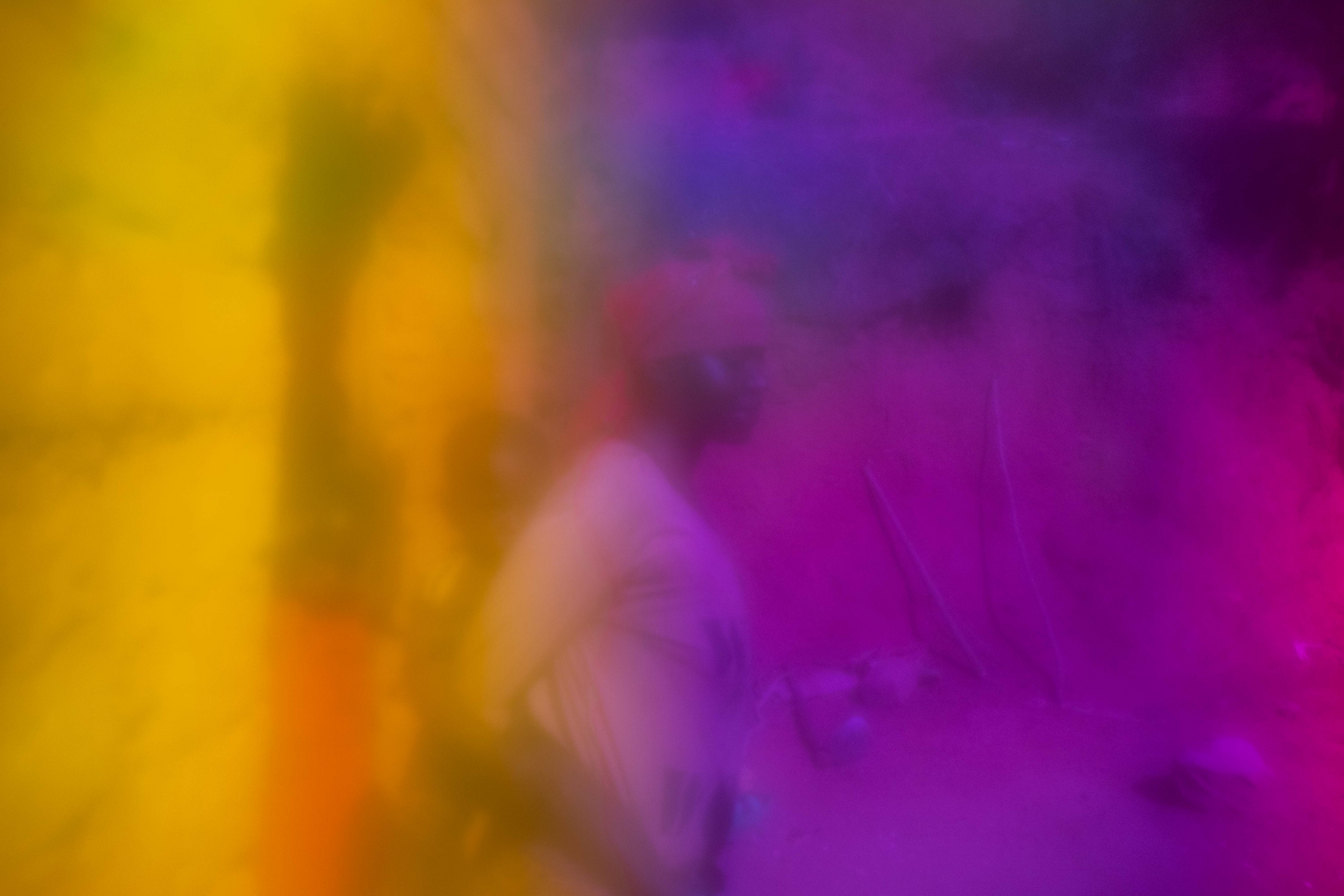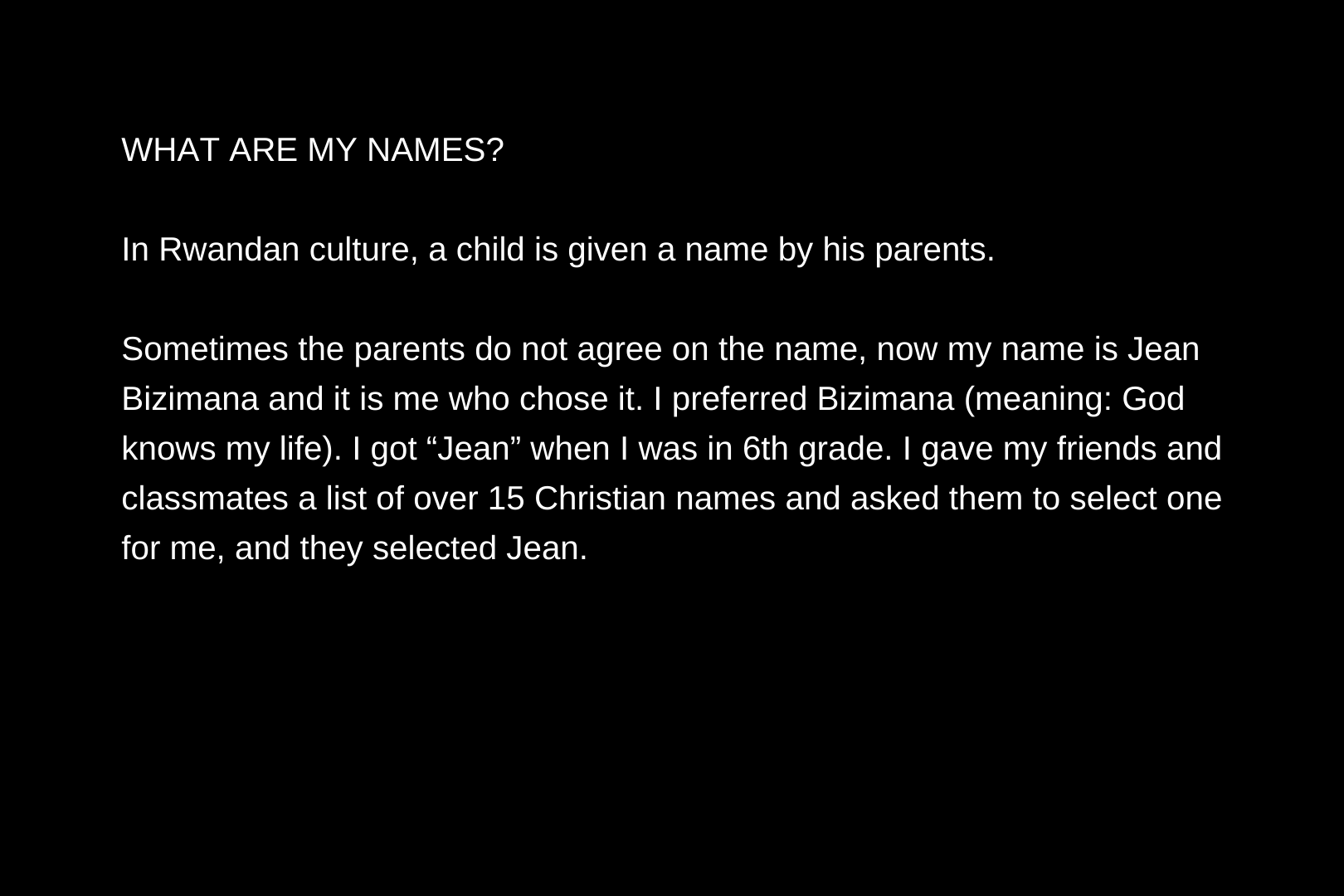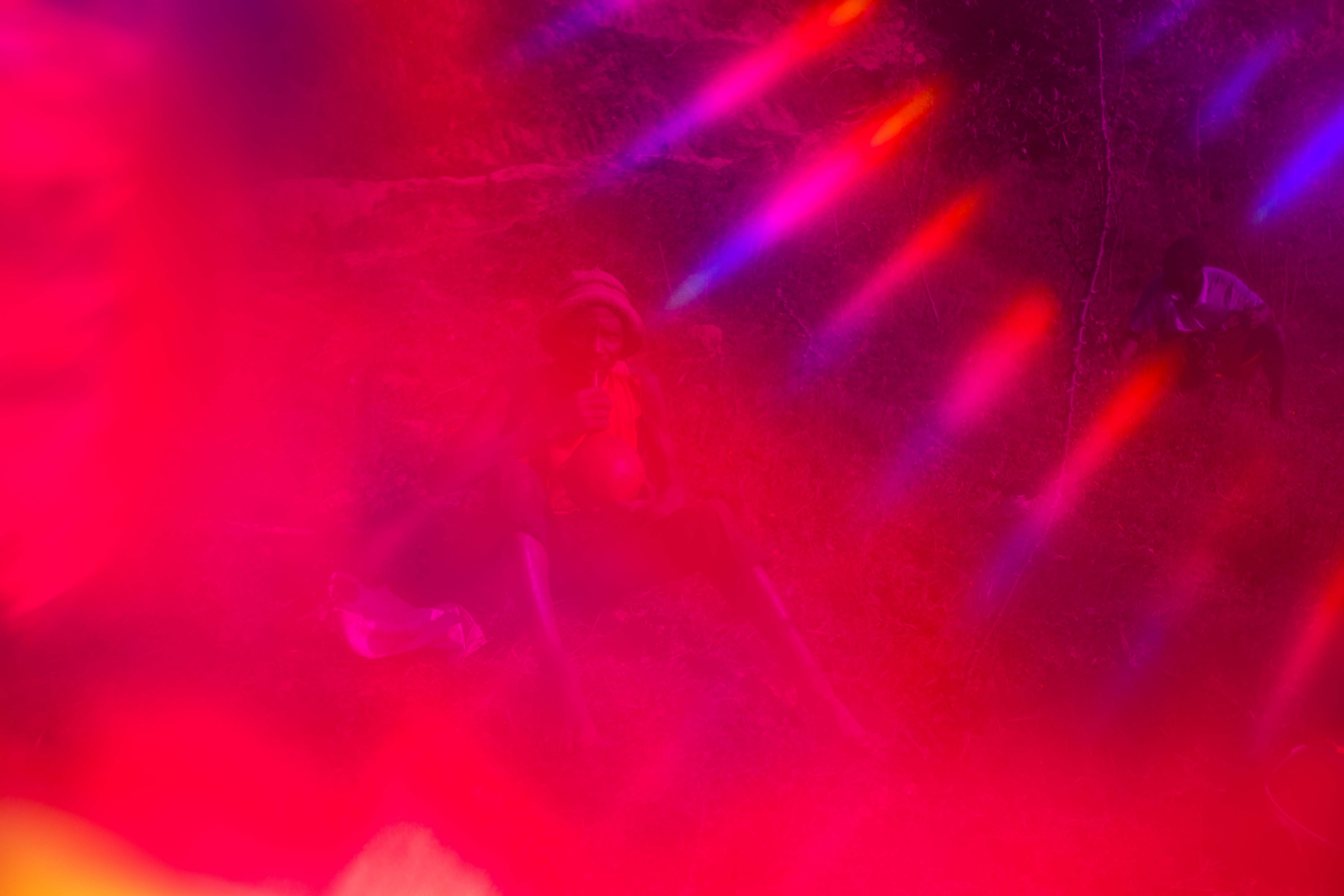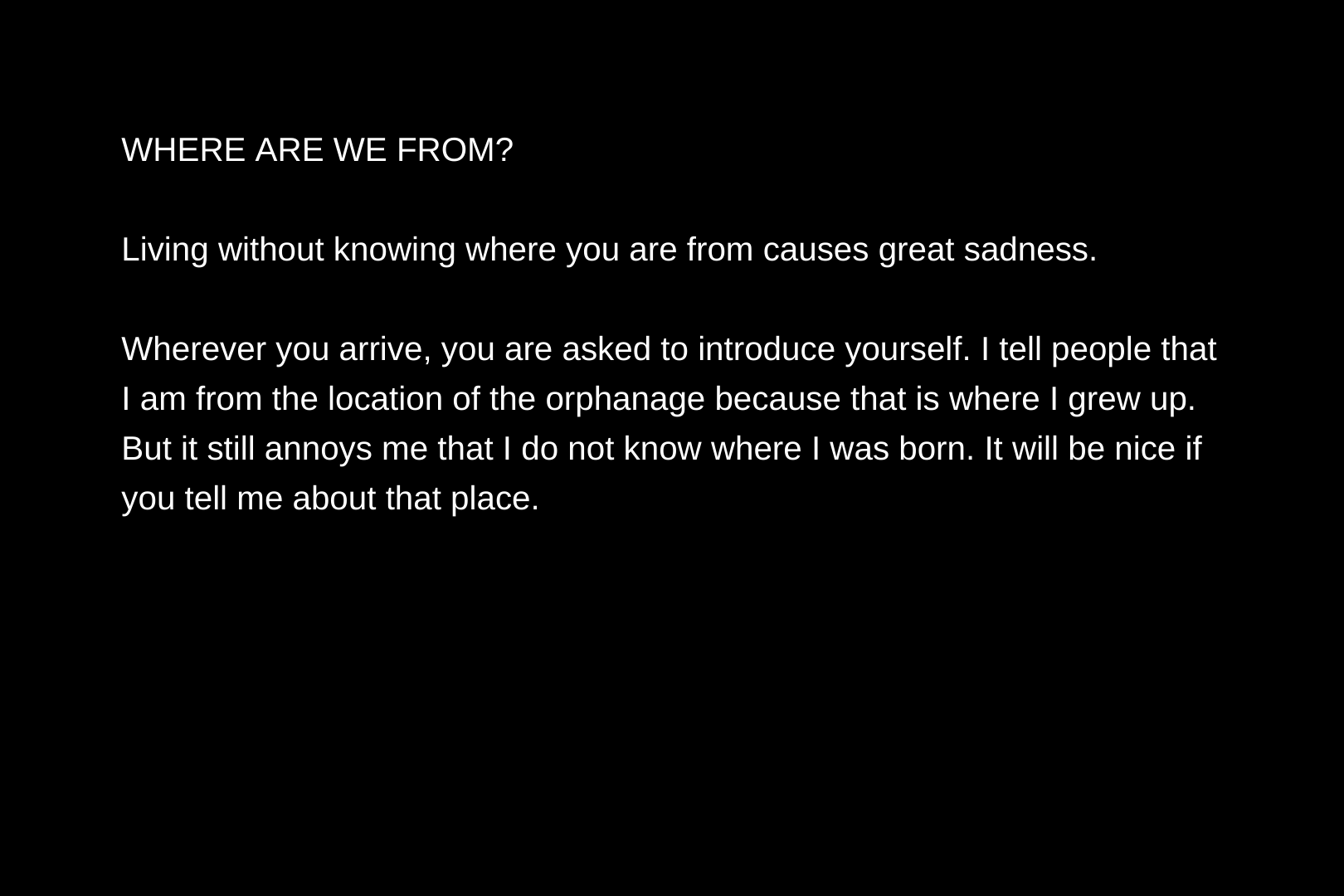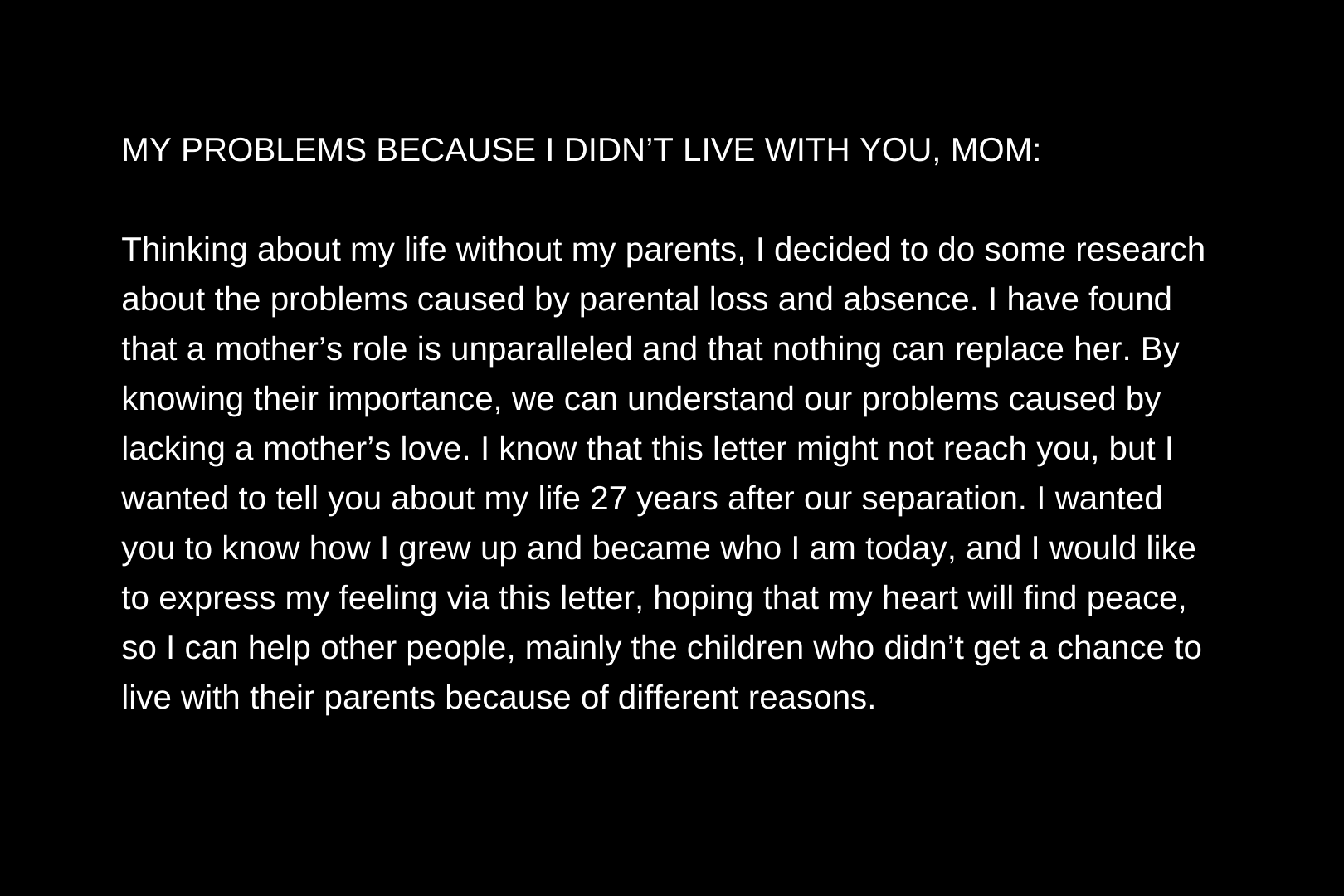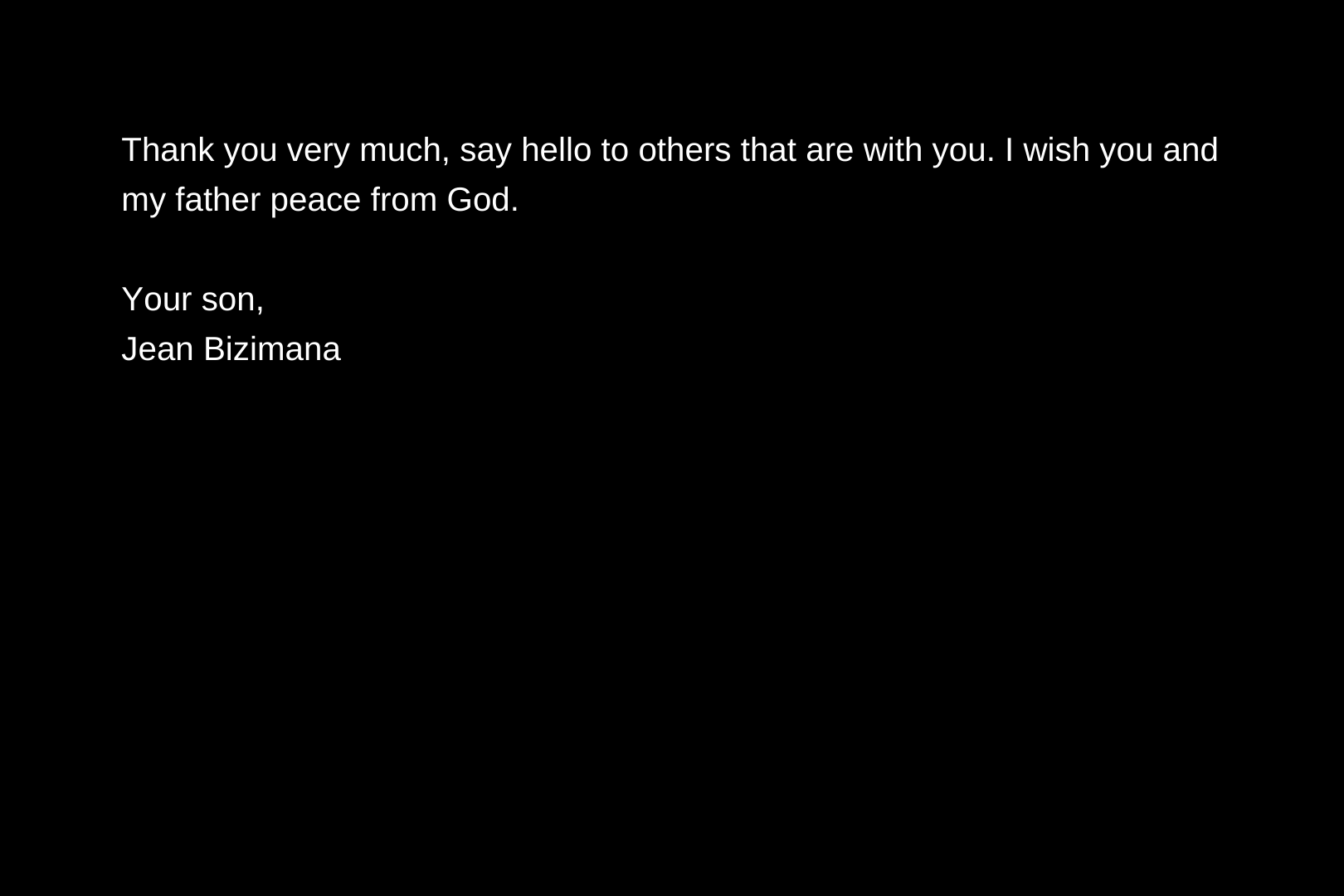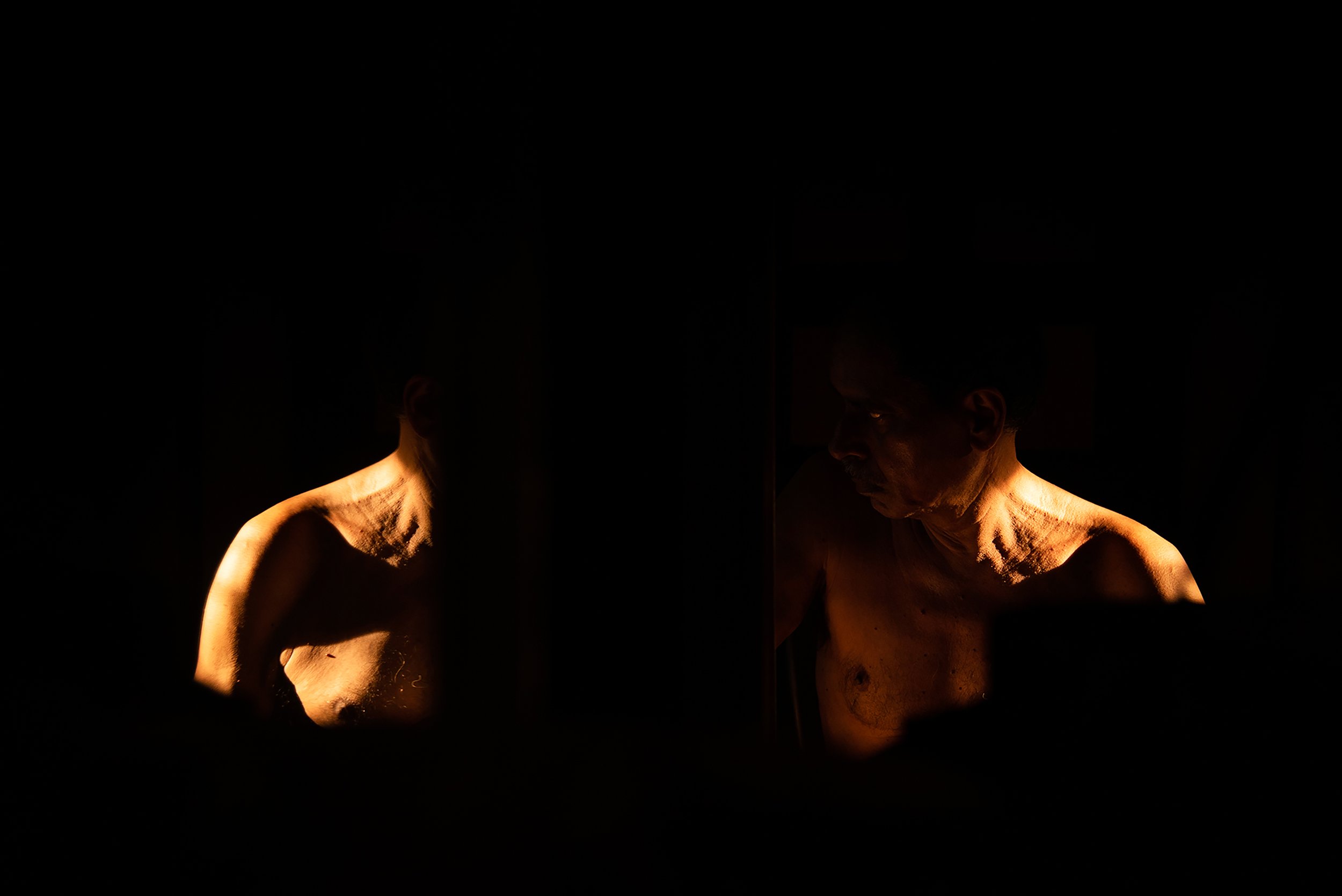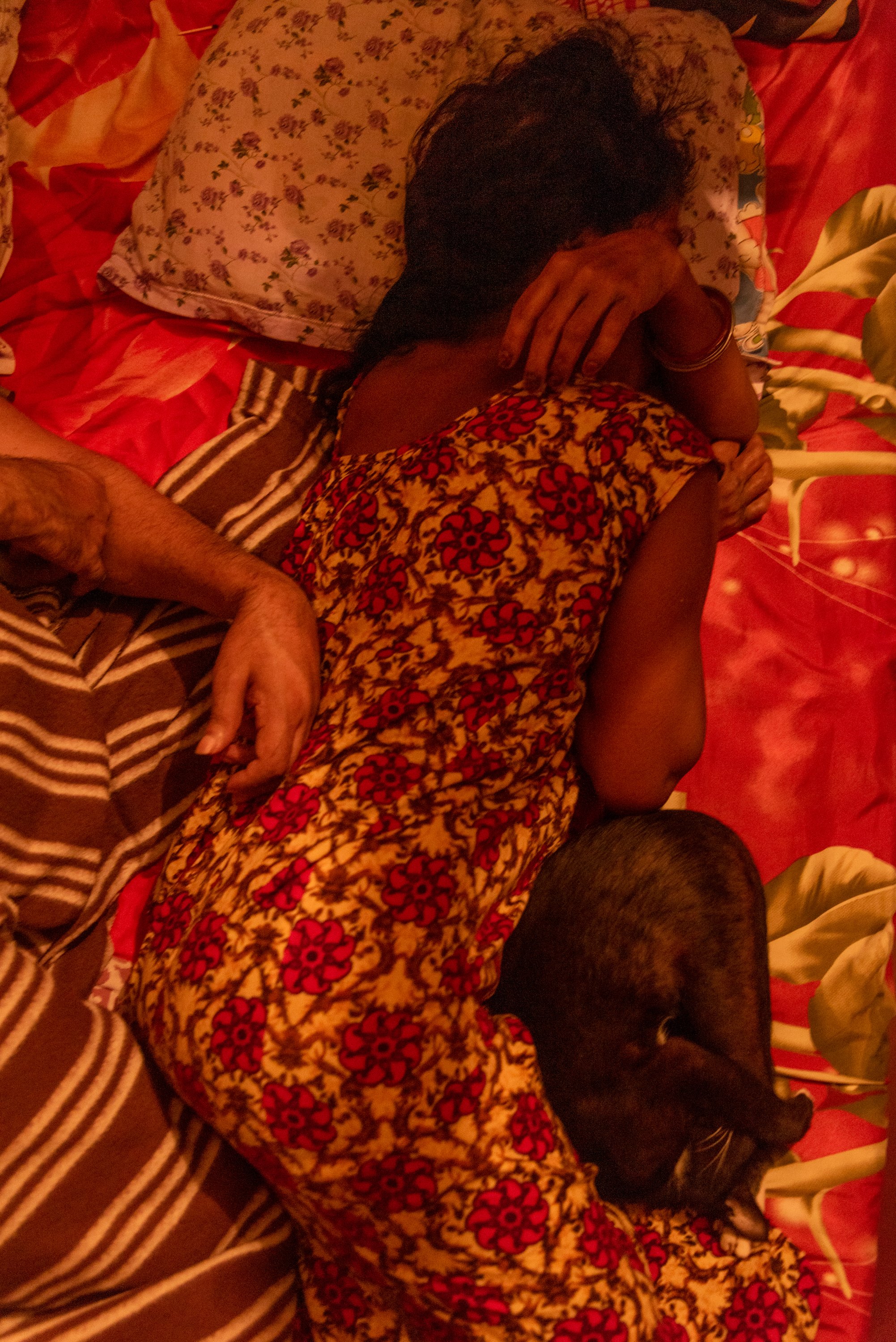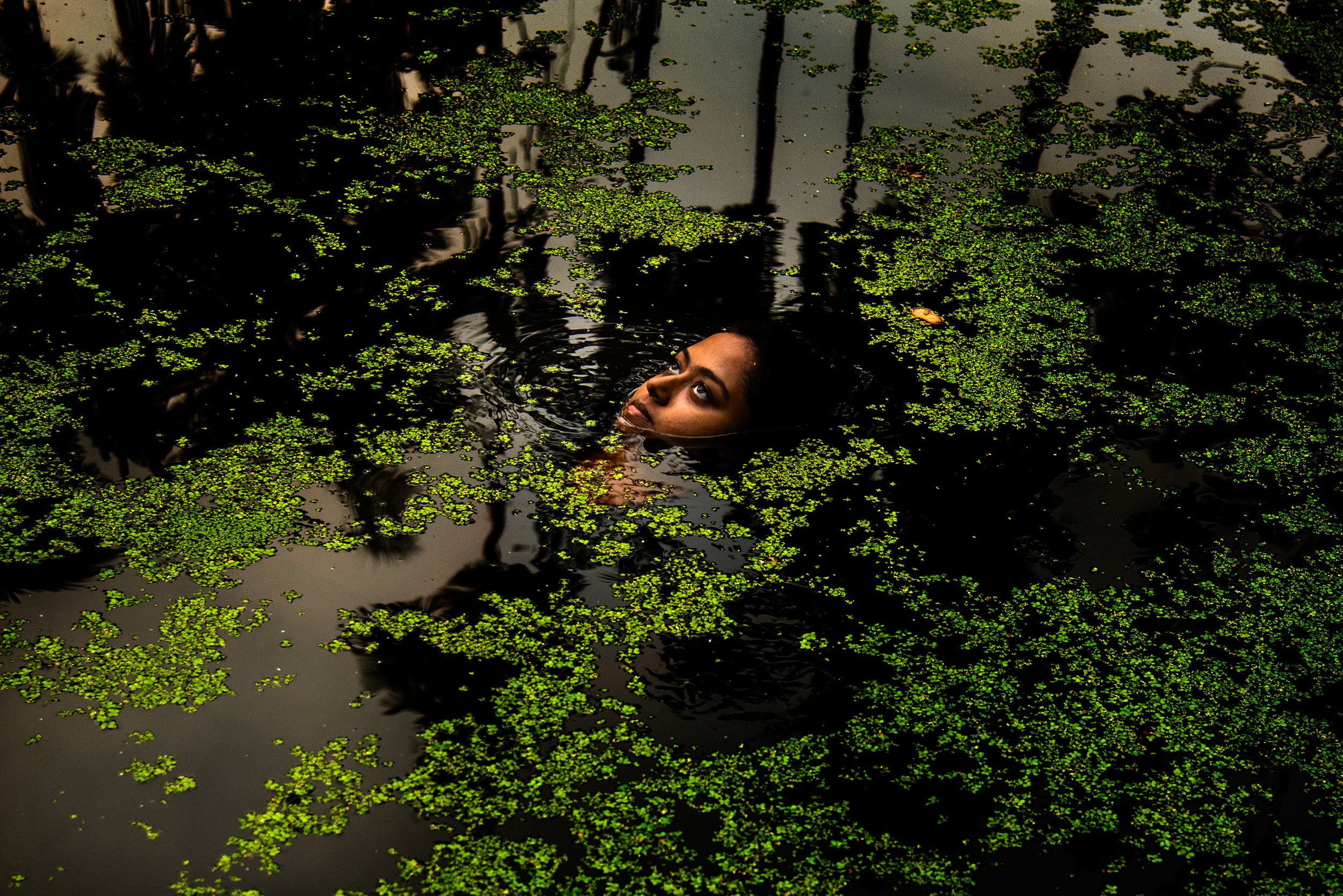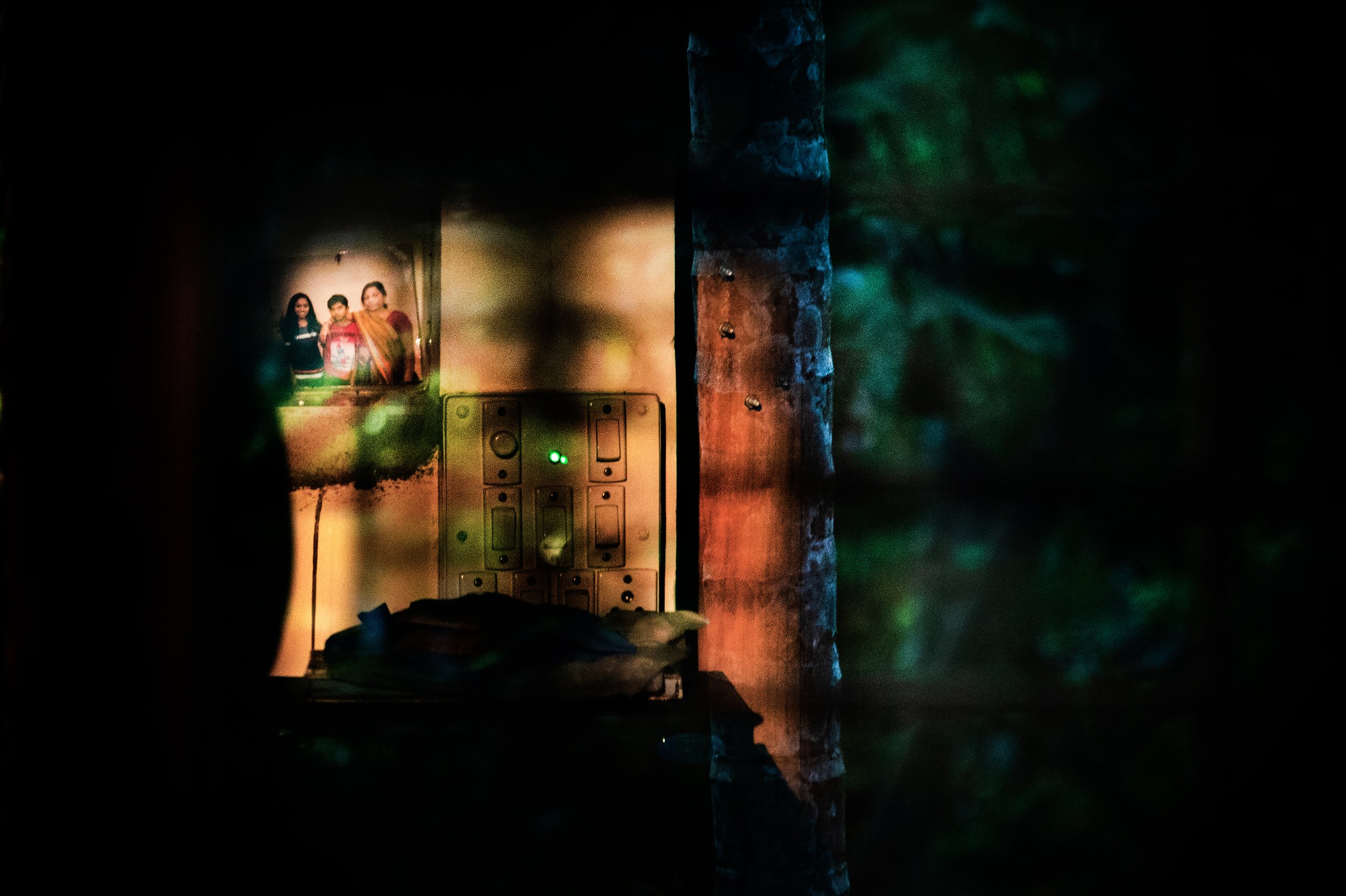Shifting is the story of Valentina, an 11 year old girl who dreams of becoming a photographer. She is waiting for her mom who is in jail for the third time because of marijuana dealing. For both the distance is not easy. How do you grow up with your mom in prison?
This project is a multimedia short film made in collaboration between the two of us. It includes images of her daily life, her mother's songs from prison, and an animated piece based on their last memory together. Together, we have been illustrating her inner world, a world of her own that doesn’t revolve around incarceration.
Governments across Latin America are incarcerating an alarming number of women for possessing or selling small amounts of drugs. In Ecuador, it is children who are most affected by extreme sentencing and drug policy. Of the women currently serving time in prison, 54% remain there for micro-trafficking and 90% of those women are mothers.
I met Valentina through my own experience as a sister of a prisoner. On February 19, 2016, my cousin, who is like my brother, was arrested for marijuana possession. Since that date, my family and I have been prisoners too. In that time, my aunt, mom, and I have had to take on the economic maintenance, legal process, prison visitation, and other situations where violence, fear, and police abuse marked our lives. Like us, so many other families had to spend their time and money just to survive jail.
I started working in prisons and rehabilitation centers with artistic and Hip Hop projects, and along with my family's experience, began to know prison life in a more intimate way. I felt the distance, injustice, corruption, uncertainty and precariousness that families and prisoners have to face. This generated a bond and friendship with several families, among them Iblunth and Valen, with whom I worked on this project.
Each day, the number of prisoners increases, but beyond the bars are families waiting to make their dreams come true: Freedom.

